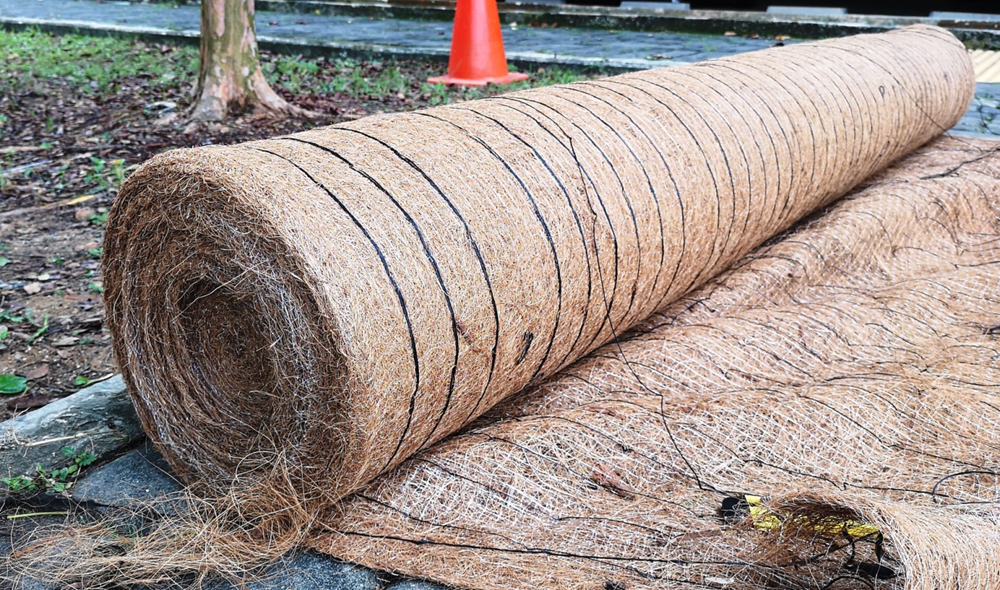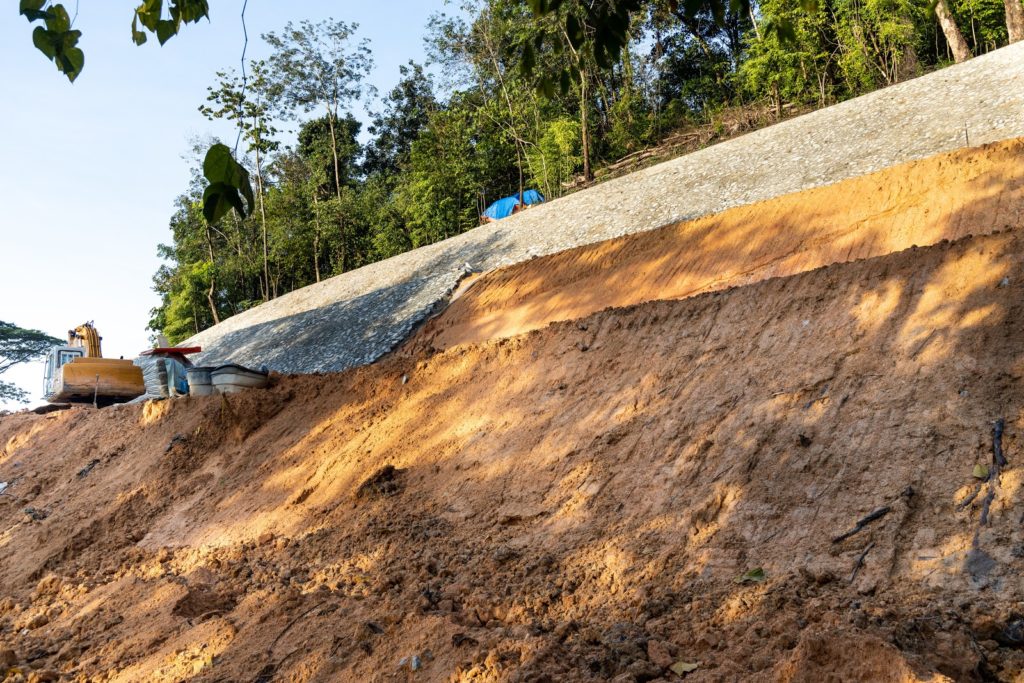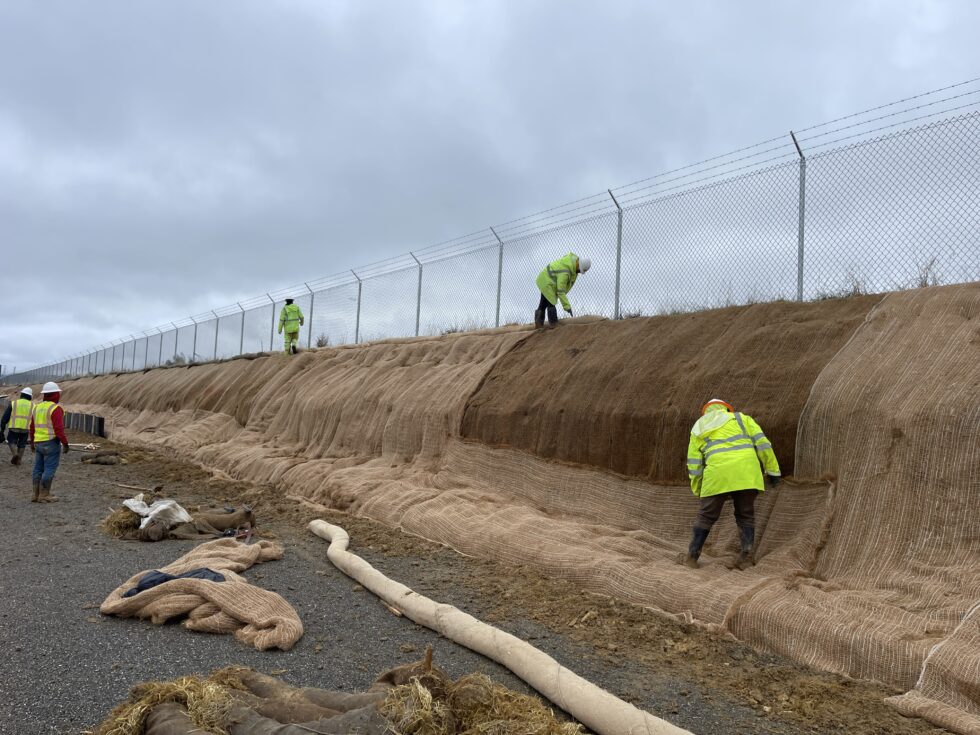EROSION CONTROL
Erosion control is a crucial aspect of environmental management, especially in areas prone to soil degradation and land loss. Here are some common methods used to control erosion:
-
Vegetative Cover: Planting grasses, trees, and shrubs to hold soil in place with their root systems. This method is effective and enhances the ecosystem’s overall health.
-
Terracing: Creating step-like structures on slopes to reduce water runoff and soil erosion. This is particularly useful in agricultural settings.
-
Mulching: Covering the soil with organic or inorganic materials to protect it from the impact of rainfall and reduce surface runoff.
-
Retaining Walls: Constructing barriers to hold soil in place, especially on steep slopes. These can be made from various materials such as stone, concrete, or timber.
-
Riprap: Placing large stones or concrete along shorelines and riverbanks to prevent erosion caused by water flow.
-
Check Dams: Building small dams in gullies or streams to slow down water flow and capture sediment.
-
Silt Fences: Installing temporary barriers made of geotextile fabric to trap sediment and prevent it from washing into water bodies.




